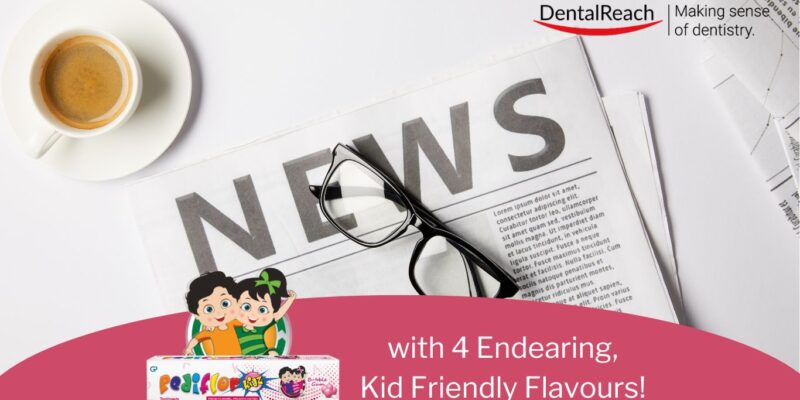This article gives the top 3 news of recent times in updates of oral health and implant dentistry.
In recent years, the field of dentistry has witnessed remarkable innovations and advancements that have significantly improved oral health care. From cutting-edge technologies to novel treatment methodologies, these developments are transforming patient experiences and outcomes. This blog post delves into the latest breakthroughs in oral health and implant dentistry, highlighting how they are shaping the future of dental care.
Xylitol Chewing Gum: A Sweet Solution for Oral Health
Dentists are increasingly recommending xylitol chewing gum to enhance patients’ oral health. Patients are advised to chew xylitol gum for at least 5 minutes after meals and snacks for optimal benefits.
This is because xylitol, which is a natural sugar substitute, has been shown to reduce the risk of tooth decay by inhibiting the growth of Streptococcus mutans, the primary bacteria responsible for cavities.
Regular use of xylitol gum can decrease plaque formation, increase saliva production, and help maintain a neutral pH in the mouth.
Short Implants Show Promise in Posterior Premolar Region
A retrospective study has demonstrated the efficacy of short dental implants in the posterior premolar region. The study, which analyzed 54 short implants placed in 41 patients over a 5-year period, reported a success rate of 94.4%.
This high success rate suggests that short implants can be a viable alternative to bone augmentation procedures in cases with limited bone height. The study emphasizes the importance of proper case selection and surgical technique for optimal outcomes.
Vitamin D: A Potential Topical Treatment for Periodontal Disease
Recent research has highlighted the potential of vitamin D as a topical treatment for preventing and managing periodontal disease. Vitamin D plays a crucial role in maintaining oral health by regulating calcium metabolism, enhancing immune function, and reducing inflammation.
Topical application of vitamin D has shown promise in promoting periodontal tissue regeneration and reducing gingival inflammation. While more clinical studies are needed, this approach could offer a novel, non-invasive treatment option for periodontal patients.
To Conclude
These developments underscore the ongoing advancements in dental care, from preventive measures like xylitol gum to innovative implant techniques and potential new treatments for periodontal disease.
As the field of dentistry continues to evolve, these findings offer exciting possibilities for improving patient outcomes and oral health.




















Comments